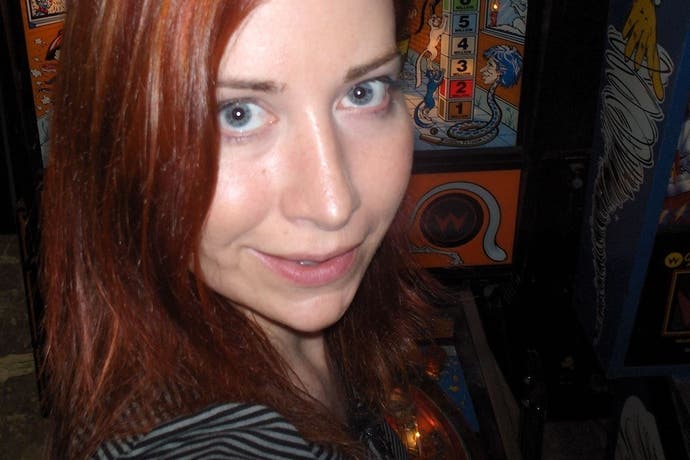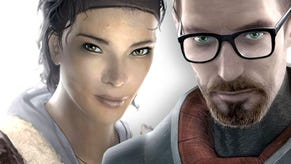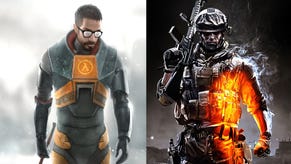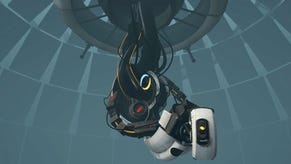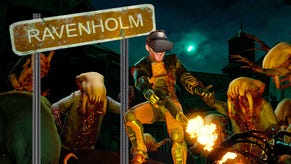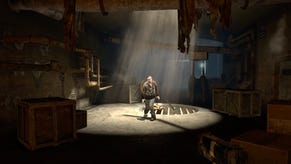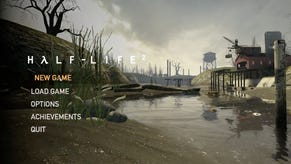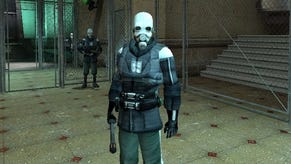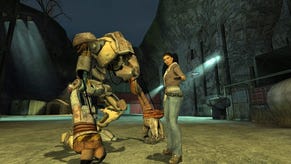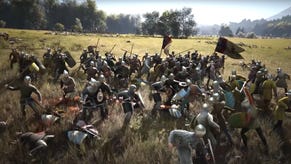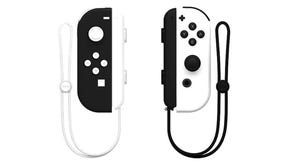Ex-Valve hardware chief offers an alternative view on life inside the Half-Life maker
"There is actually a hidden layer of powerful management structure in the company, and it felt a lot like High School."
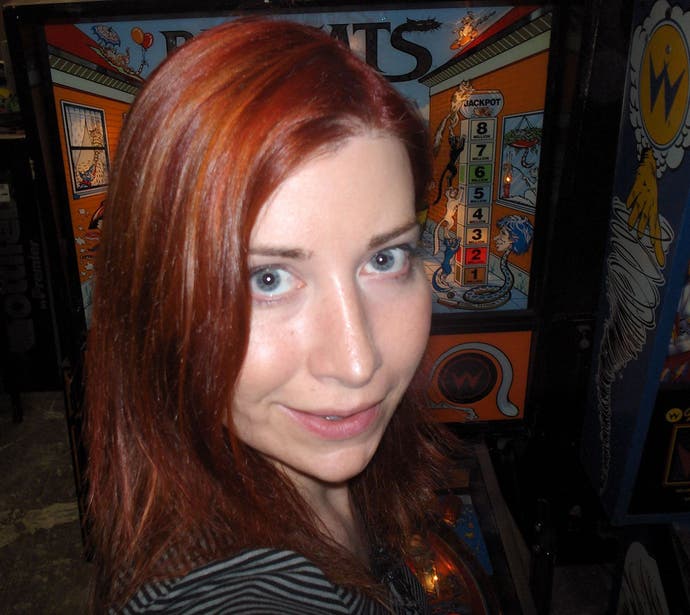
Valve, maker of Half-Life and the hugely popular Steam, has been praised for its famous flat structure that, as the story goes, means Gabe Newell isn't the boss of Valve because Valve has no bosses.
This structure, coupled with the 2012 leak of the Valve Handbook for New Employees, has helped create an almost mythical image of a company where projects emerge as if by magic and managers do not exist.
But a round of layoffs back in February 2013 raised eyebrows, and now, Valve's former hardware specialist Jeri Ellsworth, who was fired alongside the four staff who worked with her on augmented reality gaming tech, has discussed her time at the Seattle company, and in the process offered an insight into its inner workings that counters the established narrative.
In a lengthy interview with the Grey Area Podcast, Ellsworth talks about her castAR project, a projected augmented reality game system she had been working on for over a year while stationed at Valve's hardware floor.
Contrary to popular belief, Ellsworth claims, Valve is not entirely flat in terms of structure. Rather, it's a "pseudo-flat structure". "There is actually a hidden layer of powerful management structure in the company," she says in the interview. "And it felt a lot like High School."

Ellsworth struggled to get her fellow Valve employees interested in castAR, she says, and her group was "starved of resources". "Old timers" blocked her attempt to hire a machinist for $40,000 a year to manufacture machine parts because it was felt they wouldn't fit into Valve's culture, she claims.
"When I first started at Valve I was sceptical they would stick with it. I had other contract work I was doing, so I really didn't want to commit to Valve, but they started pumping me up and telling me how I'd have all this control of the hardware group and be able to form it how I'd like. So I started to drink the Kool-Aid.
"You've probably seen the Valve handbook, which is a very idealised view of what Valve is like. A lot of those things are true. It is a pseudo-flat structure, where in small groups you are all peers and make decisions together.
"But the one thing I found out the hard way is that there is actually a hidden layer of powerful management structure in the company. And it felt a lot like High School. There are popular kids that have acquired power, then there's the trouble makers, and then everyone in between. Everyone in between is OK, but then there are the trouble makers who want to make a difference.
"I was struggling trying to build this hardware team and move the company forward. We were having a difficult time recruiting folks. We would interview talented people but they would be rejected by the old timers at Valve as not fitting the culture.
"I shouldn't say the numbers, but there were very few folks in the hardware department. We were understaffed by a hundred times for what we needed to do."
After leaving Valve Jeri Ellsworth and Rick Johnson founded Technical Illusions to work on castAR
In the interview Ellsworth recounts the day she was fired - she found out from a colleague on the hardware team rather than from Gabe Newell himself - and she admits she remains "bitter" about her experience.
"I'm sounding bitter, and I am. I am really, really bitter because they promised me the world and then back-stabbed me," she says.
"What I learned from Valve is I don't think it works. You give people complete latitude with no checks and balances, it's just human nature they're going to try to minimise the work they have to do and maximise the control they have.
"Valve was really good at hiring lead guitarists, we would always say. All us hardware folks, we went out and got the best makers and creators, but we were all lead guitarists. We didn't have the person who would just sit there and assemble things for us. Even getting a tech for around the lab was almost impossible. That's where a layer of management can help organisations."
But there's a happy ending: during the meeting in which Newell fired Ellsworth's hardware team, the Valve boss turned castAR over to Ellsworth for her to use freely.
Now Ellsworth, who is working alongside fellow former Valve engineer Rick Johnson on making castAR a reality, says she remains friends with many she left behind at Valve, which she loves. A Kickstarter is planned for the future.
"I should frame this with, I have a lot of friends at Valve. There are some great people there, especially in the hardware team. We were really close-knit. We were probably the hardest working people in the company."
It's worth repeating the statement Newell issued when news of the layoffs emerged in February 2013:
"We don't usually talk about personnel matters for a number of reasons. There seems to be an unusual amount of speculation about some recent changes here, so I thought I'd take the unusual step of addressing them.
"No, we aren't canceling any projects. No, we aren't changing any priorities or projects we've been discussing. No, this isn't about Steam or Linux or hardware or [insert game name here]. We're not going to discuss why anyone in particular is or isn't working here."
